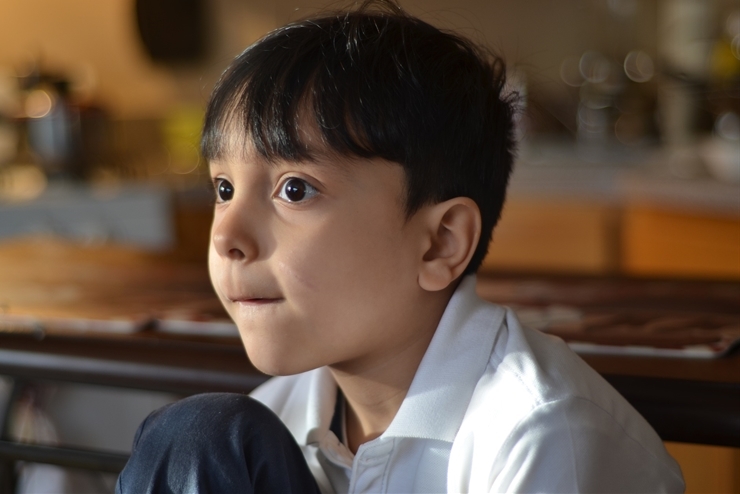One of my favorite field trips as a child was my annual summer visit to a one-room schoolhouse where I spent the day dressed in an old-fashioned dress and bonnet, scratching away on a slate and learning lessons out of old McGuffey Readers.
At the time, my delight in the McGuffey Readers stemmed from the fact that I was reading something that Laura Ingalls likely read, and the romance of the situation enthralled me. I am still fascinated by McGuffey Readers, but not because of their connection to Laura. Rather, I find them fascinating because of the lessons and values they imparted on generations of American children, lessons in stark contrast to those received in today’s government schools.
Take McGuffey’s Fourth Reader, for example. The first reading selection is an account from the early life of Benjamin Franklin, in which his father reprimands him for stealing and encourages him to pursue an upright life. Subsequent lessons include a selection from the Bible, while other readings encourage American patriotism and a positive view of American history.
That such lessons once existed in public schools is a bit shocking, for as S. T. Karnick writes in the December issue of Chronicles, the government schools that we’re familiar with have long been “the most powerful force removing traditional values from their once-dominant position in American culture.” A revisionist view of American history influenced heavily by radical political agendas elevating race, class, and gender above all else has long been at play:
Freed from the need to please their customers, the nation’s schools in the past 60 years have promulgated philosophical and moral relativism, deployed bizarre pedagogical methods that fail to provide students with skills and knowledge, prevented parents from assisting in their children’s learning, and inculcated in children subservient attitudes toward the government.”
These teachings create a culture of dependency, especially in minority children, writes Karnick:
To supplement this demoralization, government schools leave large numbers of students unequipped for success by implementing educational fads such as new math, whole language learning, open classrooms, ungraded schools, nationally standardized testing regimes that kill innovation, Common Core standards that impose nationwide uniformity of curricula, and the like.”
Such subpar education appears to only be growing worse. Recent reports find that learning has declined in recent months thanks to the makeshift distance education during COVID-19, “particularly for the most vulnerable students.”
Yet for other students, the shutdown promises to free them from the mediocre education and oppressive groupthink of today’s public schools. The rise of independent homeschooling has been noted on multiple fronts, and the expected 10 percent growth rate could end up being a major underestimate.
In the midst of an increasingly dark world, this development is a sign of hope. “Children learn what they live,” author and former teacher John Taylor Gatto once said. Until recently, millions of American children lived and learned the lesson of government groupthink Karnick describes. Yet as a sizeable chunk of the population tries homeschooling, many students will spend more of their lives with their families and local communities. Through this, they may develop more individuality and avoid what Gatto calls “‘one-right-way’ thinking on a grand scale.” This offers children freedom in which their “original expressions” can develop away from the prying eyes of “government surveillance and intimidation.”
“Whatever an education is,” wrote Gatto, “it should make you a unique individual, not a conformist; it should furnish you with an original spirit with which to tackle the big challenges; it should allow you to find values which will be your road map through life….” This is the type of education the McGuffey Readers of yore advanced, yet sadly, it is the exact opposite of what government schools offer today’s students.
Will more parents recognize this and snatch their children away from the groupthink of public schools? If so, will government respond by expanding its reach to even these little home pockets of independent thought?
Image Credit:
Image from: Pixabay

Leave a Reply